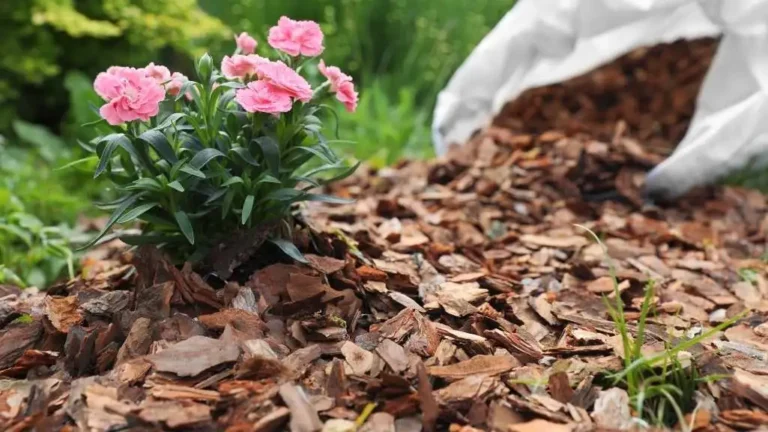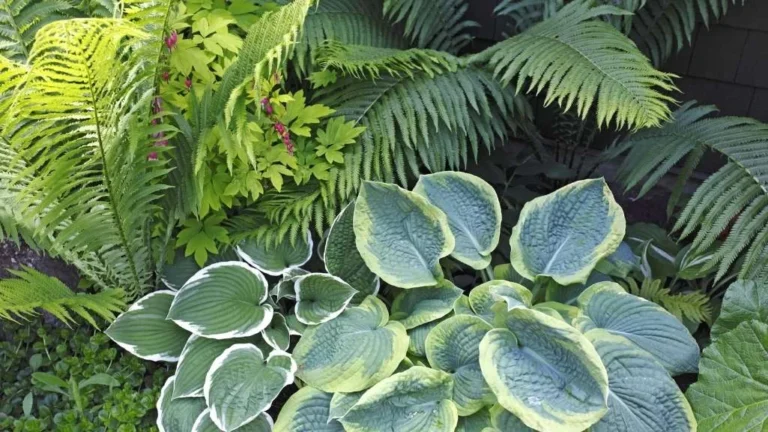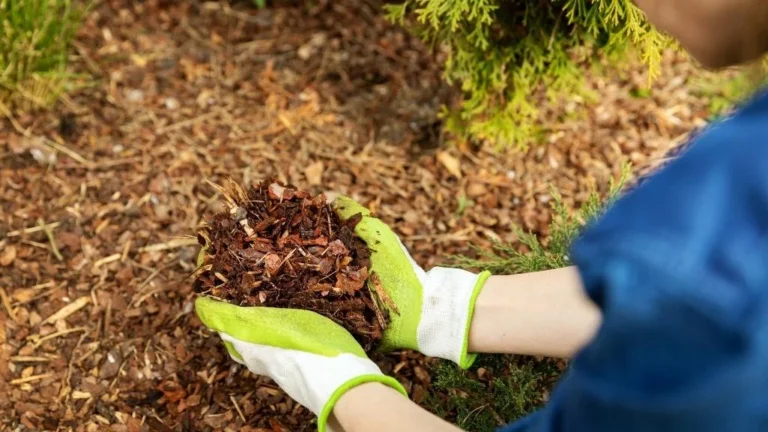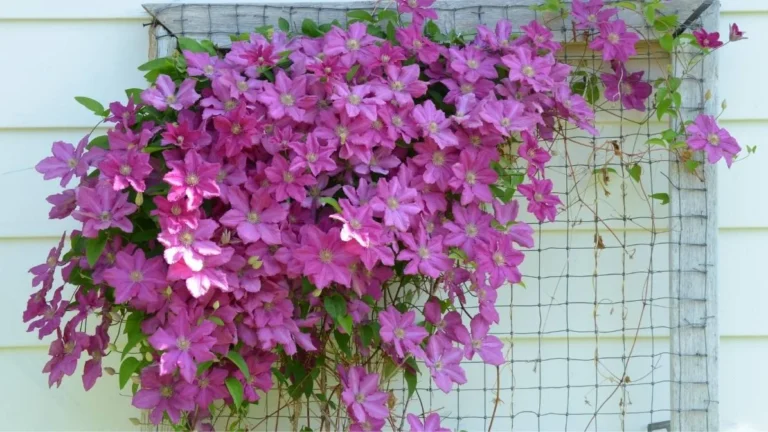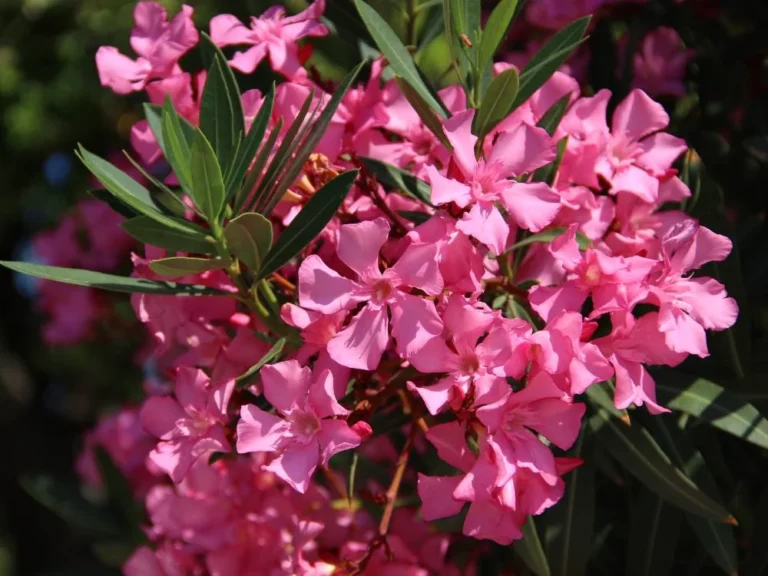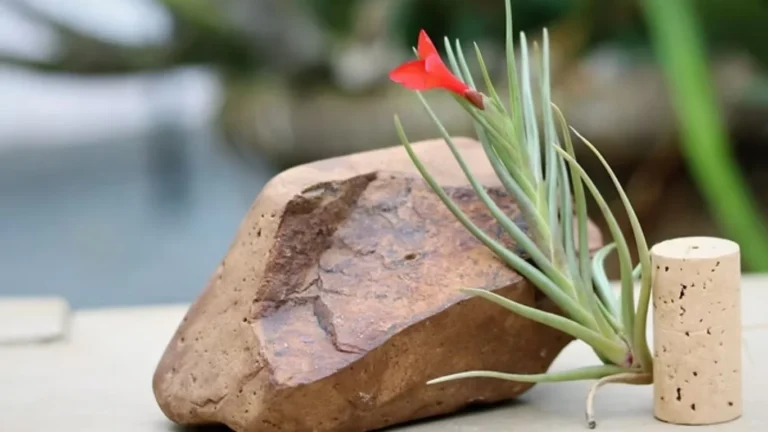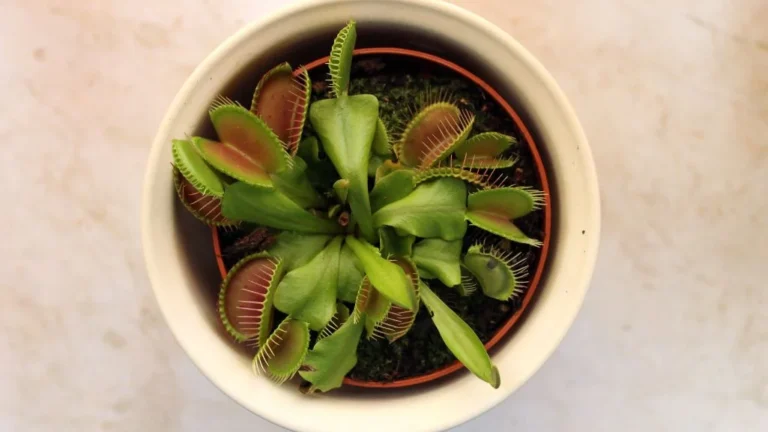Chinese Evergreen, At a Glance
Scientific name | Aglaonema |
Family | Araceae |
Common names | Chinese Evergreen, Aglaonema, Philippine Evergreen, Malaysian Evergreen, Siam Aurora, Golden Bay, Emerald Beauty |
Native | Tropical and subtropical regions of Asia, |
Hardiness Zone | USDA zones 10 to 12 |
Caution: The Chinese evergreen plant is mildly toxic to pets and children.
How Chinese Evergreen Looks
The Chinese evergreen plant (Aglaonema) typically has broad, glossy, lance-shaped leaves that vary in color from dark green to silver, gray, or variegated with creamy or pinkish patterns. The leaves are often marbled or speckled, adding to its visual appeal. Chinese evergreen plants can range in size from small tabletop varieties to larger floor plants, making them versatile for different spaces. Overall, they have a lush and tropical appearance that can brighten any room.
Types of Chinese evergreen
Some common types of chinese evergreen plants are Aglaonema commutatum, Aglaonema Maria, Aglaonema Pink Dalmatian, Aglaonema Super White, Aglaonema Siam Aurora, Aglaonema Stripes, Aglaonema Silver Queen, Aglaonema Red Anjamani, and Sliver Queen.
Chinese Evergreen Plant Requirements
Requirement for Chinese evergreen at a glance
Elements | Requirement |
Sunlight | Low to bright indirect sunlight |
Temperature | 65°F to 80°F |
Humidity | 40-50% |
Soil pH | 6.0-7.0 |
Soil mixture | Moist as well as easy-to-dry |
Container | Ensure drainage holes |
Water | When the top layer of the soil gets dried out |
Fertilizer | Once in 4-6 weeks during summer and spring |
Note: Soil pH level indicates how acidic or neutral the soil is. On a scale of 1 to 10, 7 means neutral. A pH value of less than 7 indicates more acidity and a pH value of more than 7 indicates more basicity. Chinese evergreen plants require slightly acidic acidity to neutralize the soil.
Mix the Soil Properly
A well-drained potting mix that holds moisture is necessary for the Chinese evergreen plant (Aglaonema). The plant is also sensitive to sitting on water for too long, which can lead to root rot. So, the potting mix should be well-drained. An optimal mixture typically includes potting soil for nutrients, perlite or vermiculite to enhance drainage, and coconut coir or moss for moisture retention.


Choose the Right Container
When choosing a container for the Chinese evergreen plant, always remember that this plant requires moist soil but doesn’t like sitting in water. So, ensure the container has drainage holes. Aglaonema plants like to be in a big pot, which helps the plant to get bushier. Choose a container 2-3 inches bigger than the current container/ planter. In the case of material, Aglaonema can thrive in any container, including clay, terracotta, plastic, or ceramic. The clay and terracotta pots hold less moisture than plastic pots, so it’s ideal to keep the plant in a plastic pot as it requires moist soil. I have put my Aglaonema in a plastic pot and then placed it in a decorative pot. This plant thrives in self-watering pots also.
How Much Sunlight Chinese evergreen Needs
Chinese evergreen plant (Aglaonema) can do well in low, medium, and bright light conditions, making it a perfect indoor plant. I prefer placing my Aglaonema beside my west-facing window where it gets enough indirect bright light. This plant can thrive in low-light areas, too. However, some types of Aglaonema, which have less green color in their leaves, such as Pink Dalmatian, prefer bright light to keep their beautiful color intact. Avoid putting the plant under direct sunlight; this can burn the leaves.
When & How to Water
When selecting a container for your Chinese evergreen plant, remember its tropical nature, which thrives in moist soil. To maintain proper moisture levels, water the plant when the top layer of soil feels dry. You can check soil moisture using a moisture meter or simply by doing a finger dip test—if the soil doesn’t stick to your finger, it’s time to water. Ensure thorough watering by ensuring water reaches all parts of the soil, allowing excess water to drain through the holes at the bottom of the container. Remember, the plant’s watering needs may vary based on factors like temperature, humidity, sunlight exposure, and the material of the planter.
Fertilizer for Chinese Evergreen
Because the Chinese evergreen plant (Aglaonema) is a slow grower, it doesn’t demand excessive fertilization. Opt for a balanced, nitrogen-based, water-soluble fertilizer every 4-6 weeks during the active growing seasons of summer and spring. Follow the instructions on the fertilizer package, usually applying half the recommended dose. During the winter and fall, when the Chinese evergreen plant enters its dormant phase, decrease the fertilization frequency to once every 8-10 weeks.
When & How to Repot
Chinese evergreen plants usually need re-potting every 2-3 years when the plant becomes root bounded (when the roots come out of the drainage holes), or the plant’s growth goes stunted due to lack of nutrition. For repotting, choose a pot/container 30% larger than the current pot and prepare a new well-drained potting mix that can hold moisture, too. While repotting, inspect the roots carefully for any sign of root or fungal attack. Healthy roots are thick, white, or creamy in color. On the other hand, unhealthy roots seem mushy, brownish, and smelly. Pour an optimal amount of water immediately after repotting (until the water comes out of the drainage hole). After repotting, keep the plant in a stable environment with enough light and air.
Prune to Thrive
Almost every houseplant requires pruning to thrive and to be in good shape. It’s the same for the Chinese evergreen plant (Aglaonema). Pruning encourages new growth while preventing the leggy growth of the plant. Yellow, dried, and brown leaves must be removed. Pruning maintains the good shape of the plant.
Protec from Pest
In indoor and outdoor environments, mealybugs, scale, or spider mites can attack Chinese evergreen plants. After encountering any pest, the first job is to separate the plant from other plants. To get rid of mealy bugs or scales, spray the plant with neem oil or insecticidal soap. For spider mites, give the plant a good shower or wipe every leaf with a wet cloth.
Dealing with Other Common Issues
- Leave drying is a sign of underwatering. Aglaonema plant requires moist soil, so select soil that holds moisture and keeps the soil moist for a happy growing plant. Underwatering may also cause crispy leaves.
- Droopy, leggy leaves and leaf wilting indicate the plant is not getting enough light. In that case, move the plant to where it gets enough light. If the plant is already in a bright place, rotate it once a week so that every side of the plant can get the optimal amount of light and grow evenly.
- Leaf curling indicates the plant is getting excessive sunlight. Keep the plant away from direct sunlight.
- Leaf yellowing is a sign of overwatering or root rot. If the soil is too soggy, it is overwatering; in that case, the plant needs immediate re-potting. At the time of re-potting, inspect the roots and trim off any rotten roots. And always remember that underwatering is better than overwatering.
Propagation Process of Chinses Evergreen
Chinese evergreen plant (Aglaonema) can be propagated by stem cutting or division. The propagation process is done in late spring and summer as the plant’s active growing period, and the chance of propagation goes high.
Stem cutting
- First, choose a healthy mother plant that has no problem with it. Find a node (from where aerial roots are coming from) on the plant.
- Carefully cut the stem below the node with a sterilized blade or knife.
- Dip the cutting in the rooting hormone to accelerate the rooting process.
- Then, put the cutting into a container filled with fresh room-temperature water.
- Keep the jar in a bright place and change the water every 7-10 days. Once the new root grows 2-3 inches, place it in the soil.
- Conversely, the cutting can also be placed into soil. When placing cutting into soil, make sure the soil is moist and absorbent. After placing the cutting into the soil, keep the soil consistently moist and put it in a place where it gets enough light and air circulation.
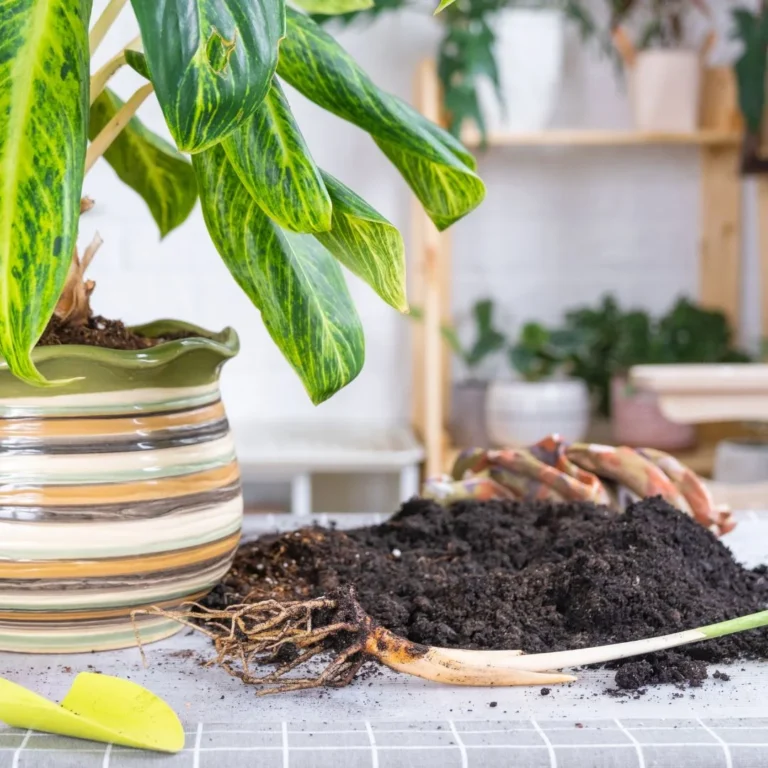

By division
- After choosing a healthy plant, gently get the plant out of the container.
- Shake off excess soil from the roots.
- Look for natural divisions in the root system or stems and gently pull apart the sections. Each section should have its own set of roots and stems. A sterilized knife or scissors can be used if needed.
- Plant each division in pots filled with a well-draining potting mix. Make sure the roots are covered with soil and gently press down to secure the plant in place.
- Water the newly potted divisions thoroughly and keep the plant in a stable environment where it gets enough light and keep the soil moist.

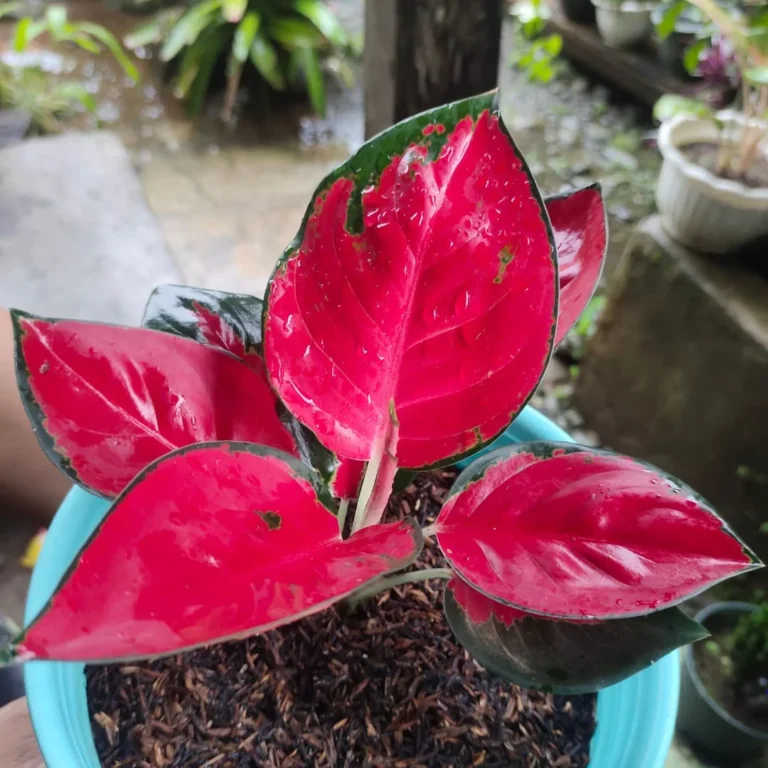
Tips for Chinese Evergreen Plant
- Wipe the leaves monthly with a wet or micro-fibre cloth. This will keep the glossy effect of the plant and keep away insects.
- Give your plant some breathing room. Position it where it won’t brush against other plants.
- The Chinese evergreen plant (Aglaonema) produces flowers sometimes. The flower absorbs much nutrition, which makes the plant nutrition deficient, so cutting off the flower is best for bushier growth.



